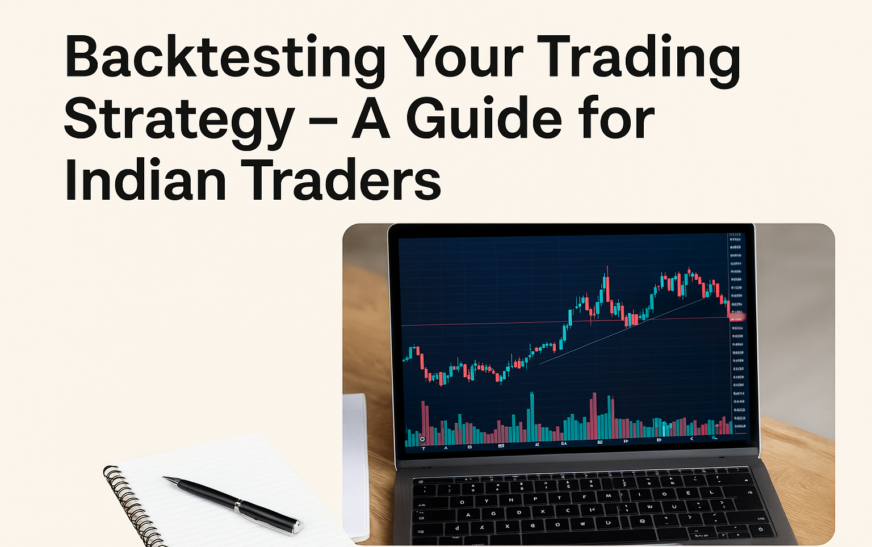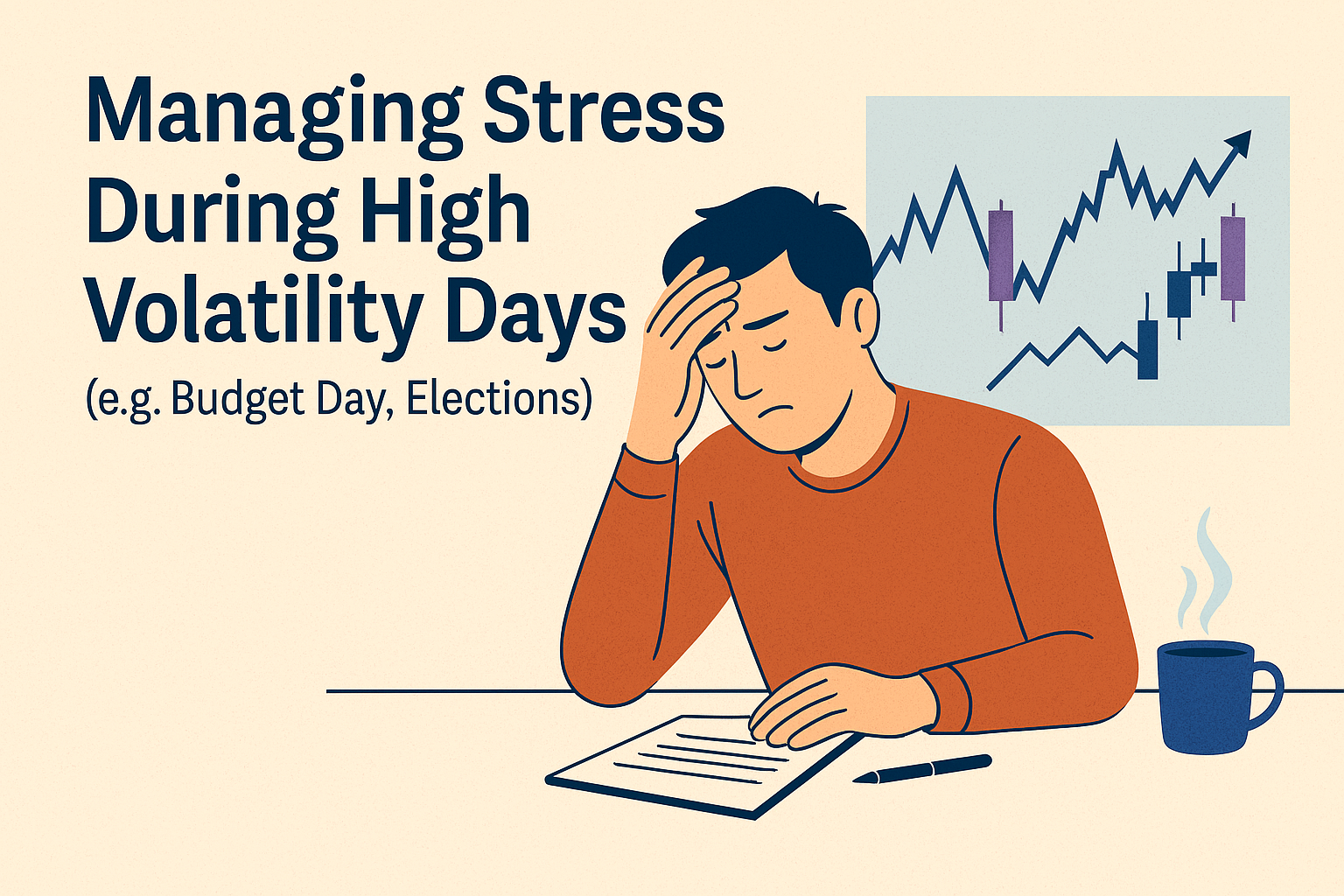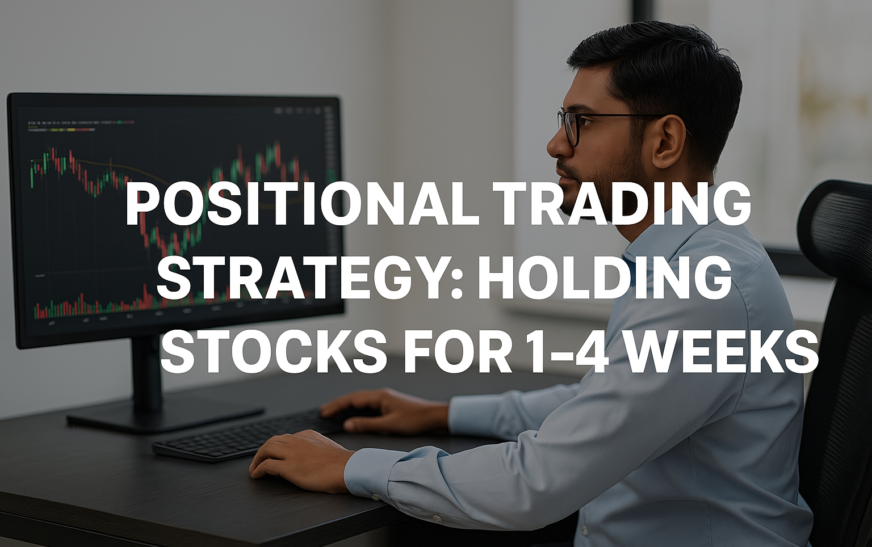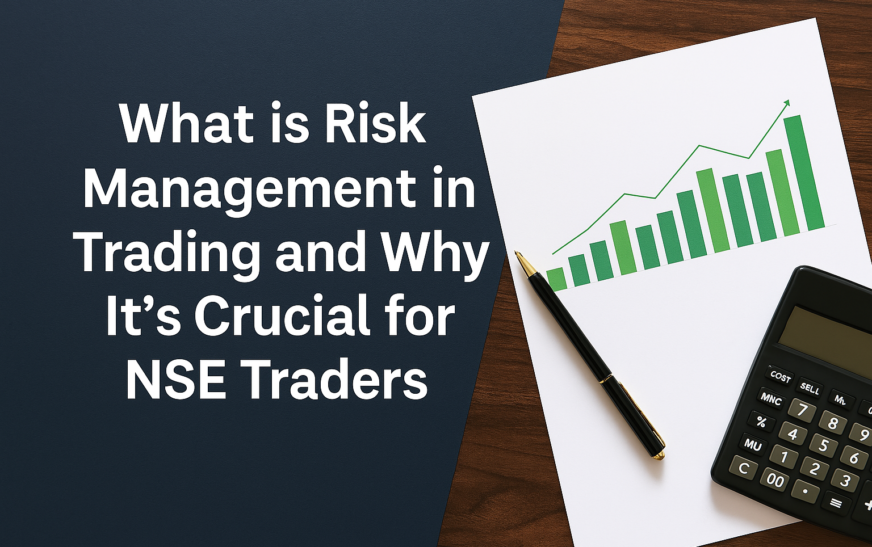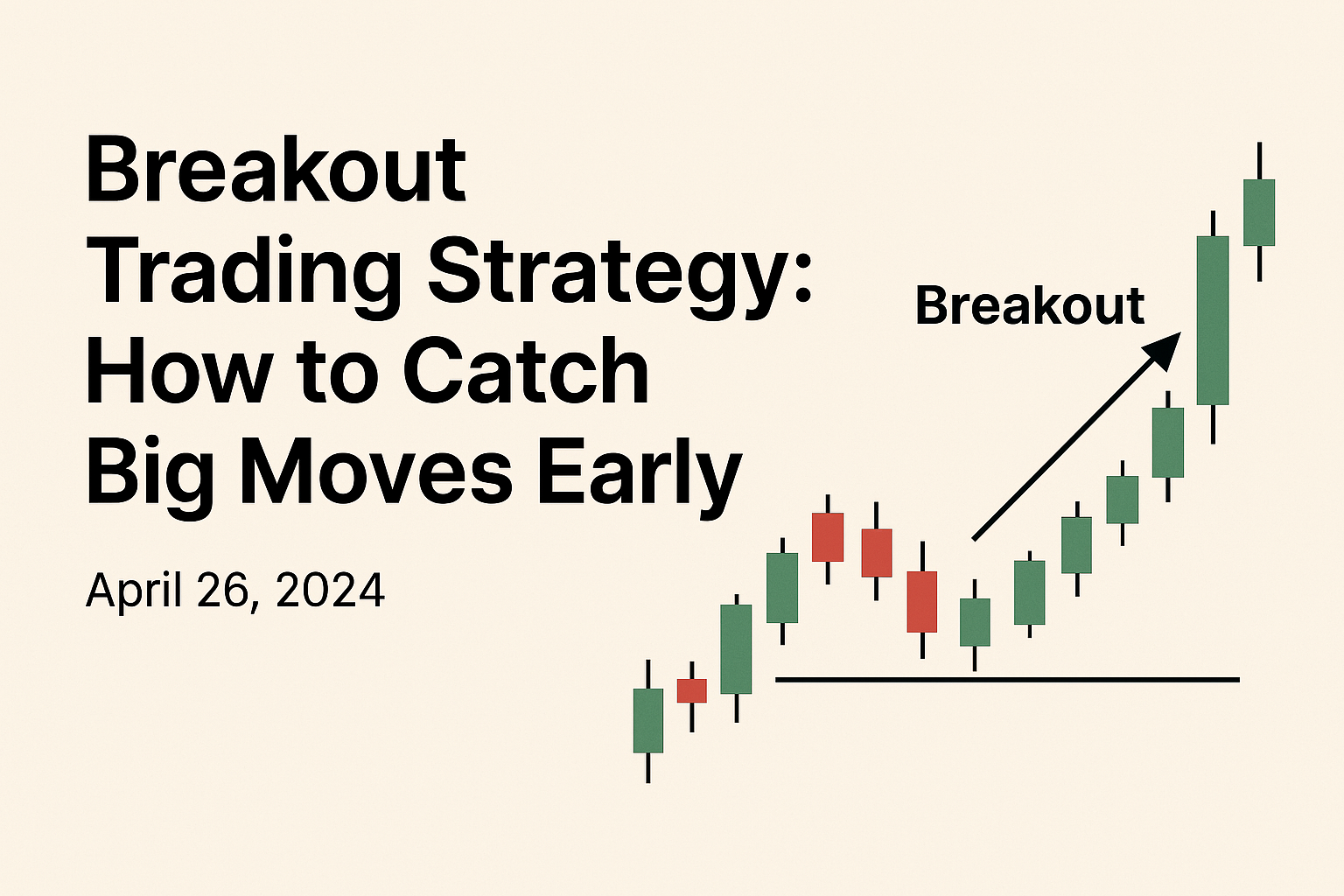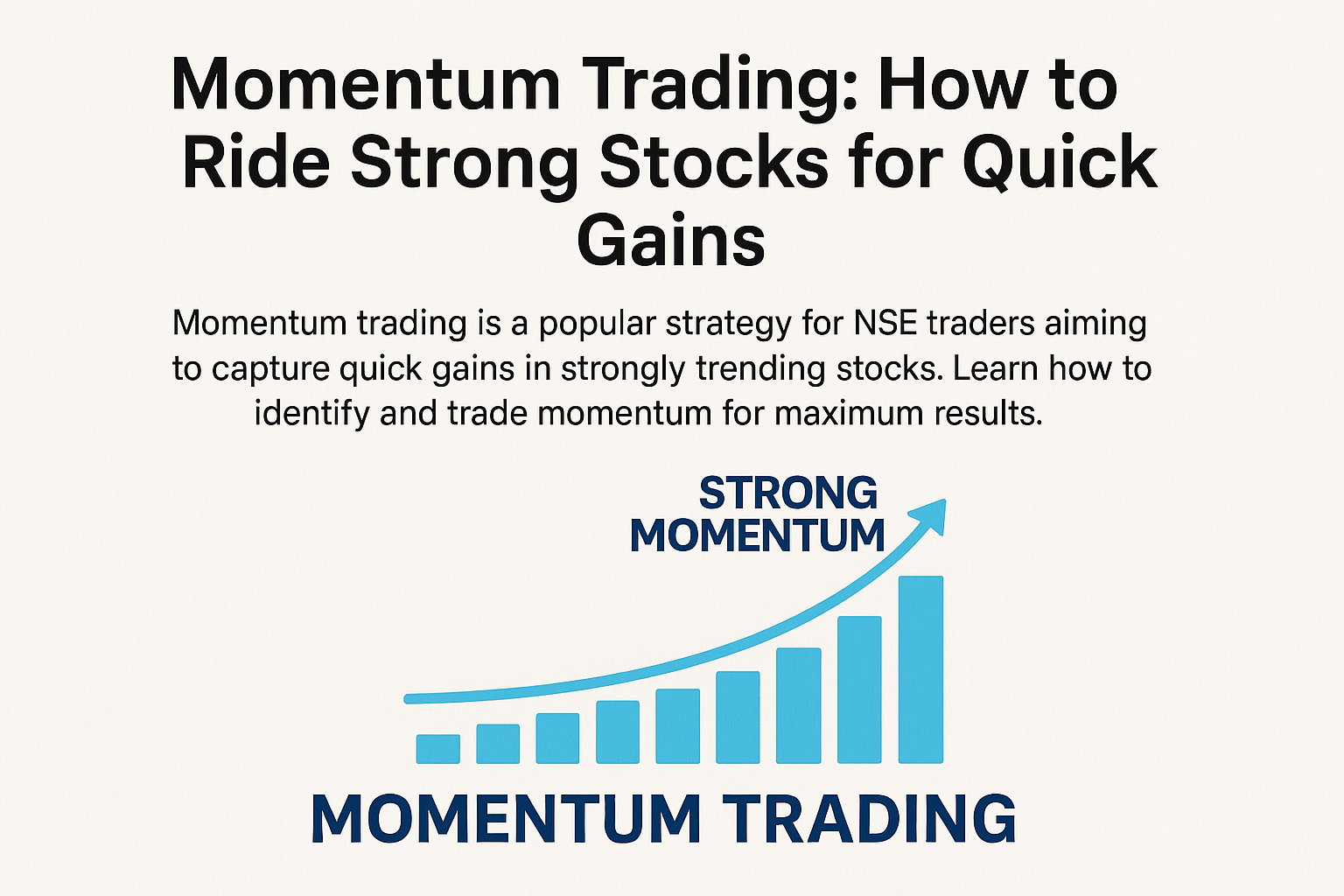Introduction
Before risking real money in the market, smart traders test their strategy against past data—a process called backtesting. Backtesting helps you validate whether your strategy would have worked in previous market conditions. It’s not about predicting the future perfectly, but about ensuring your approach has logic, structure, and an edge.
If you’re an NSE trader working with Indian stocks or indices, this guide will show you how to backtest effectively and confidently.
What Is Backtesting?
Backtesting is the process of applying a trading strategy to historical price data to evaluate how it would have performed. The goal is to measure consistency, profitability, and risk before applying the strategy live.
Why Indian Traders Should Backtest
- Test before you risk real capital
- Understand how your setup behaves across market conditions
- Build confidence in your system
- Fine-tune entry, exit, and stop-loss rules
- Avoid over-optimizing or over-trading in live markets
What You Need to Backtest
- A Defined Strategy
Your rules must be clear: entry, exit, stop-loss, and position sizing. - Historical Data
Use Indian stock or index data (Nifty, Bank Nifty, Reliance, Infosys, etc.) - Charting Platform
Use platforms like TradingView, Chartink, or NSE India historical charts. - Excel or a Trading Journal
Track your trades, win rate, risk-reward, and performance metrics.
Manual vs Automated Backtesting
Manual Backtesting:
You scroll through historical charts and mark your entries and exits manually.
- Pros: Helps you develop market feel and judgment
- Cons: Time-consuming and subject to bias
Automated Backtesting:
Done through coding on platforms like Amibroker, TradingView (Pine Script), or Algo platforms.
- Pros: Faster and more data-driven
- Cons: Requires coding knowledge and may miss emotional/real-world challenges
Key Metrics to Track While Backtesting
- Total number of trades
- Win rate (%)
- Average risk-reward ratio
- Max drawdown
- Biggest winning and losing streaks
- Profit factor (total profit ÷ total loss)
- Expectancy per trade
Example for Indian Traders
You’re testing a breakout strategy on Nifty 50:
- Entry: Break of previous day’s high
- Stop-loss: Below previous day’s low
- Target: 1.5x risk
- Capital: ₹1,00,000
- Risk per trade: ₹2,000
After testing 50 trades over 6 months:
- Win rate: 46%
- Average R:R: 1:2
- Total profit: ₹24,000
- Max drawdown: ₹6,000
This tells you the strategy has an edge and is worth trading with real capital at controlled size.
Common Backtesting Mistakes to Avoid
- Changing rules mid-way through testing
- Ignoring slippage and commissions
- Focusing only on high win rate
- Overfitting to past data (curve fitting)
- Not considering market phases (trending vs sideways)
Final Steps After Backtesting
- Create a forward-testing plan with small capital
- Track your live trades in a journal
- Refine your strategy based on real-world behavior
- Slowly scale as consistency improves
Conclusion
Backtesting isn’t about being perfect—it’s about being prepared. It gives you insight into how your strategy behaves, how much to risk, and what results you can reasonably expect. Whether you’re trading Nifty, Bank Nifty, or individual stocks, backtesting will build your edge and confidence—before you ever risk a rupee in the live market.

